The Importance of Cross-Cultural Communication in Leadership Roles
VerifiedAdded on 2022/10/01
|5
|845
|357
Report
AI Summary
This paper delves into the critical role of cross-cultural communication and leadership in contemporary workplaces. It argues for the necessity of effective communication to navigate cultural differences and resolve potential conflicts. The paper emphasizes the importance of cross-cultural communication for managers and supervisors in diverse organizations, highlighting how it fosters cultural awareness and mutual respect. It discusses the impact of globalization on workplace environments and the increasing need for leaders to address conflicting opinions and beliefs. The paper further explores practical strategies for improving communication styles, including clear articulation of ideas, changing mindsets, and promoting tolerance among employees. It concludes that honest and clear communication is essential for building a professional sense of belonging and global outlook within an organization, with global leaders playing a key role in fostering cross-cultural values. The paper includes references to relevant academic sources to support its arguments.
1 out of 5
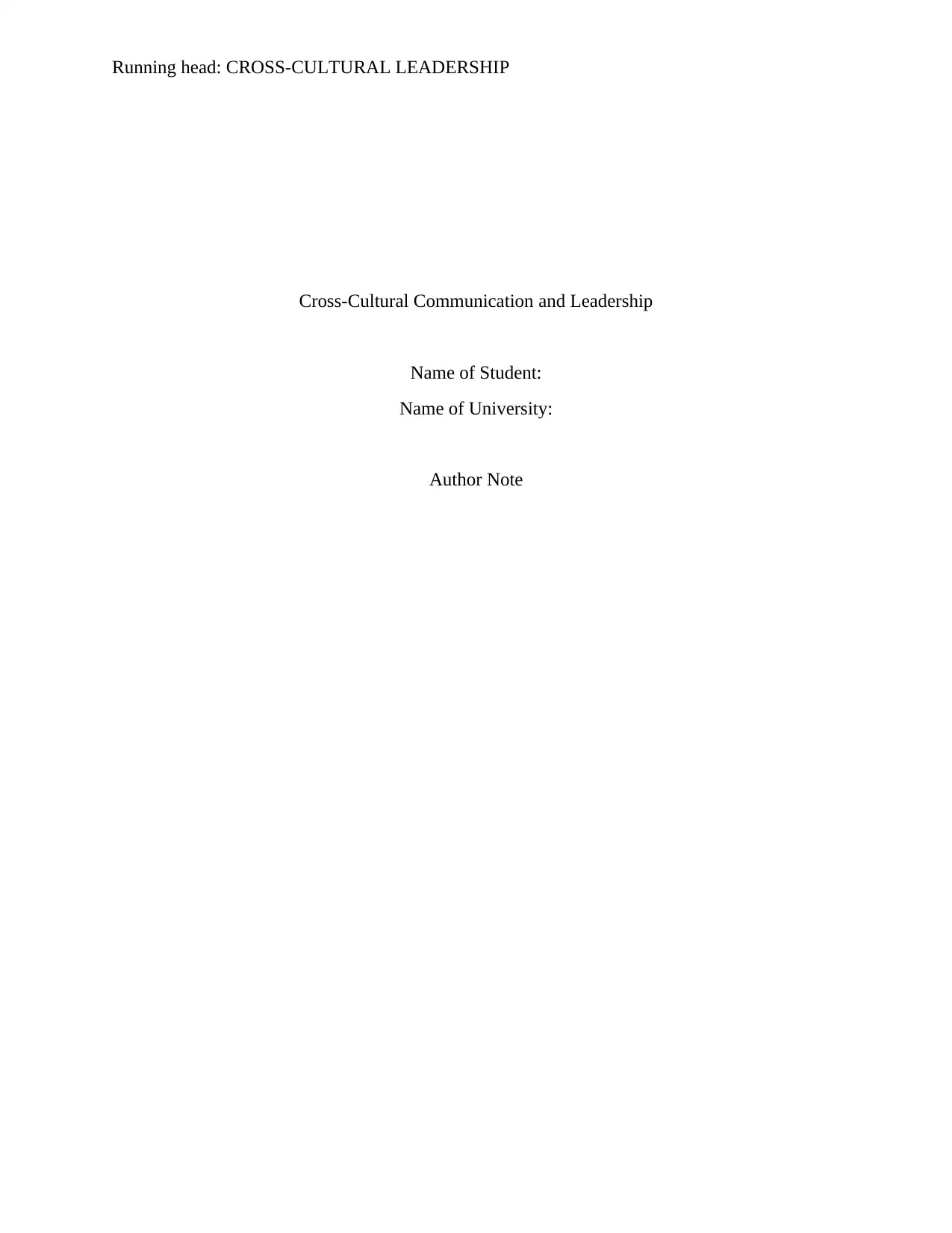
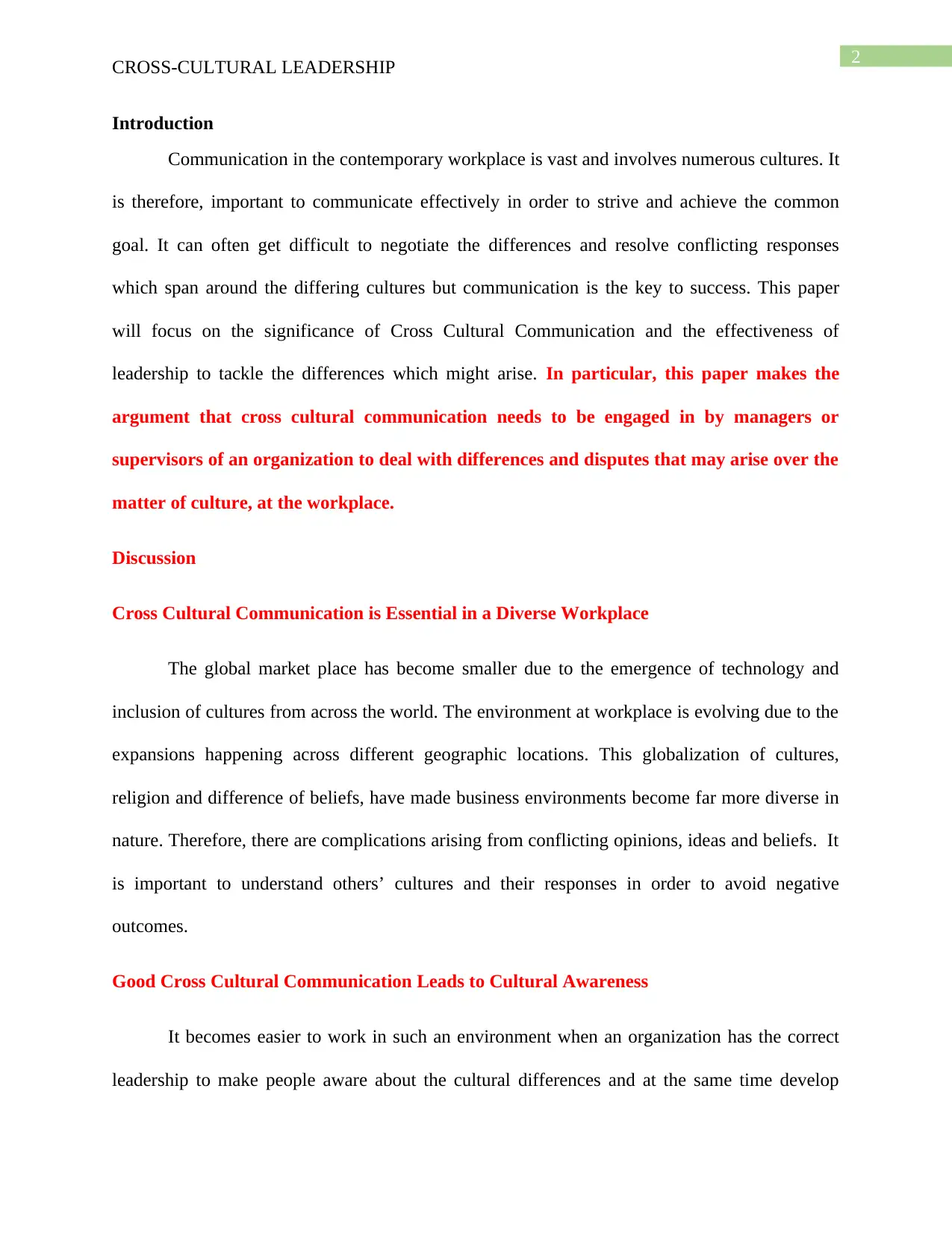
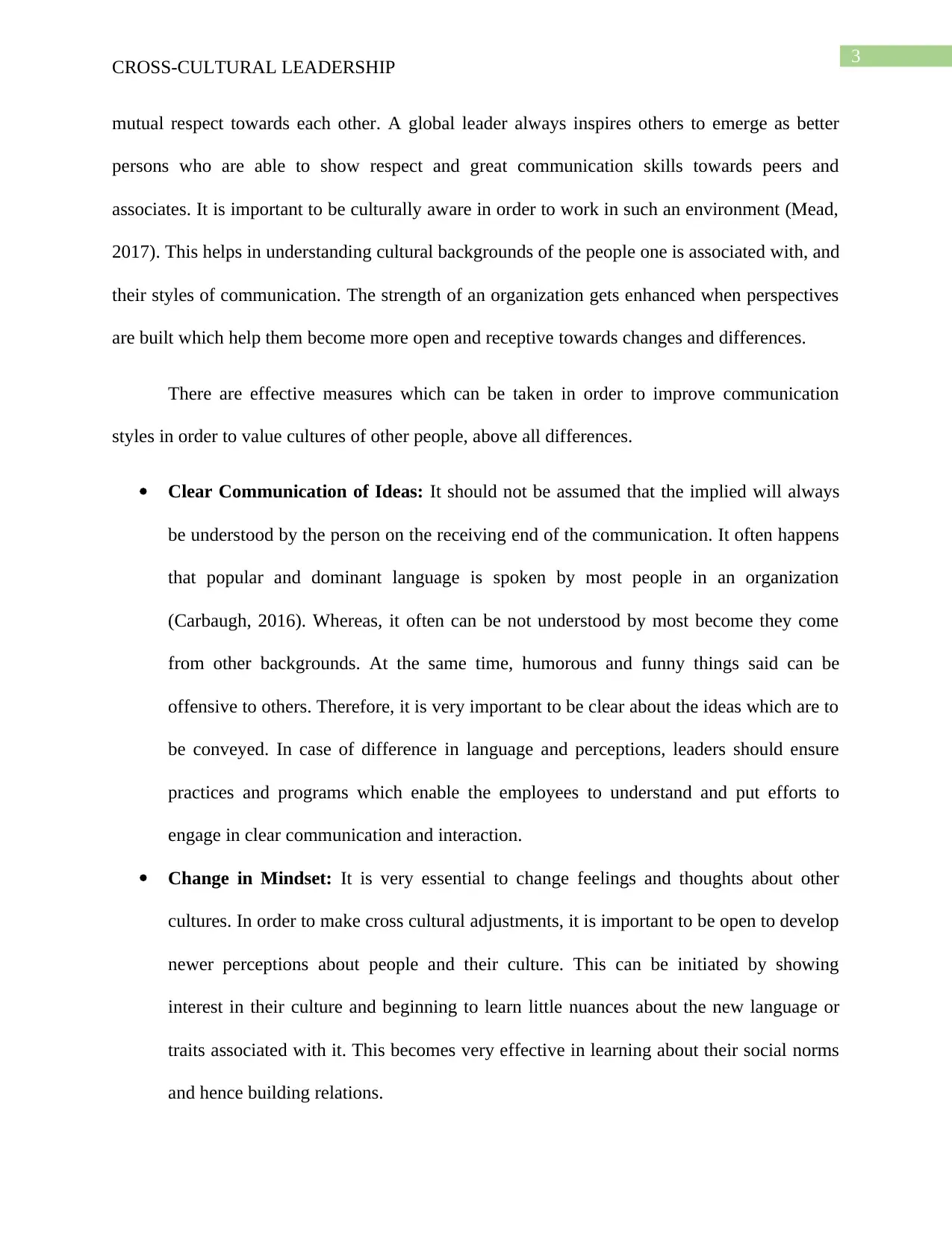

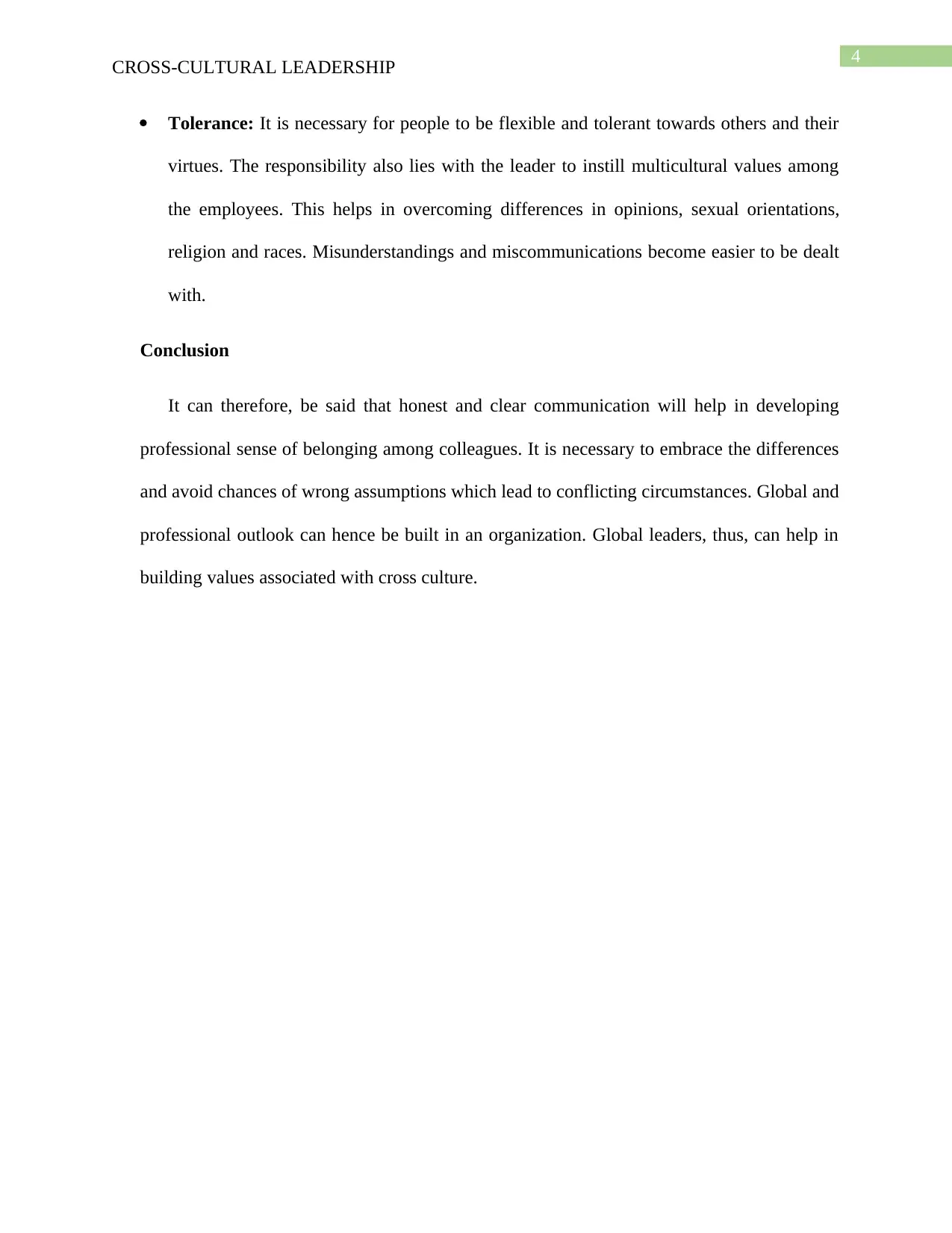
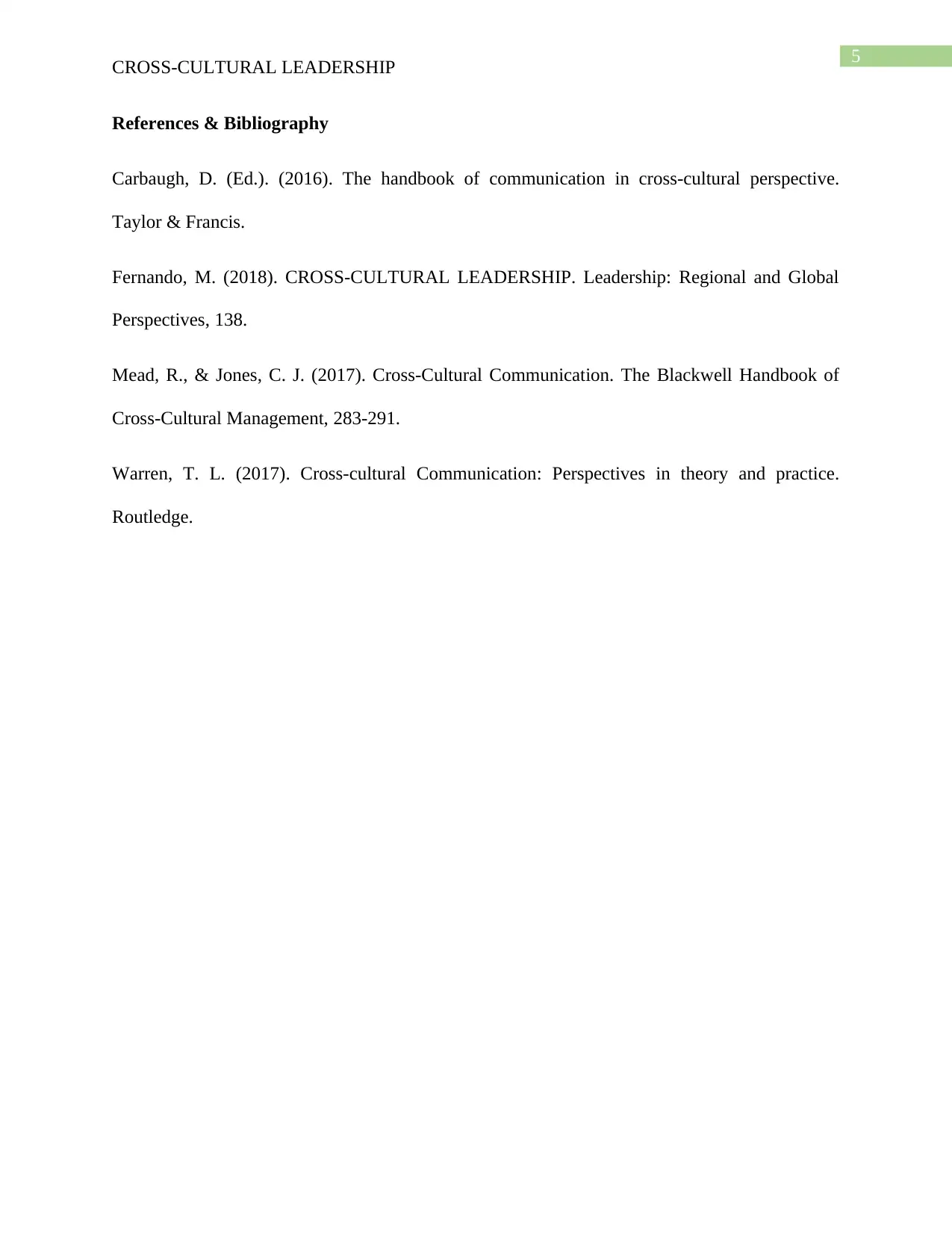





![[object Object]](/_next/static/media/star-bottom.7253800d.svg)